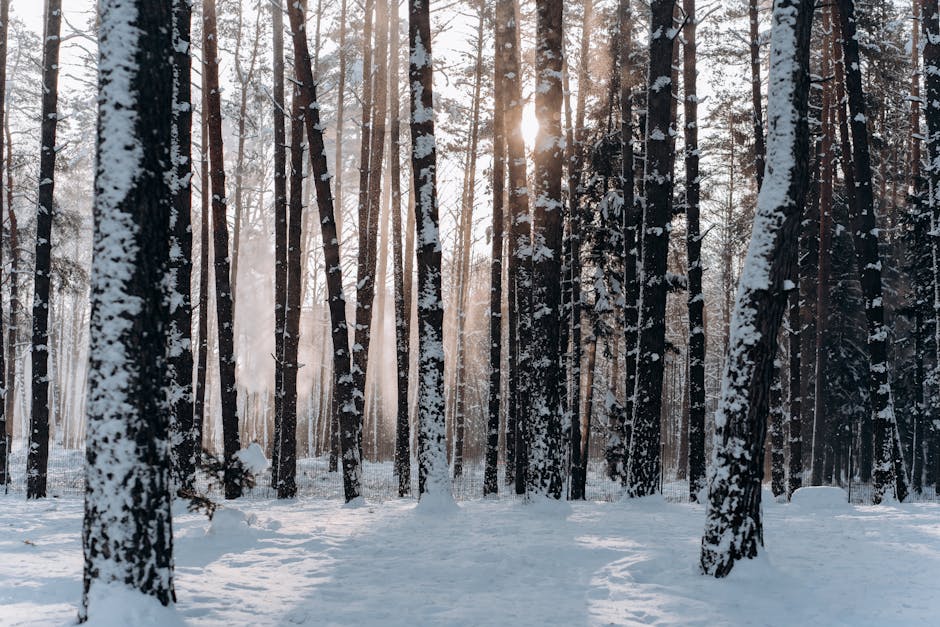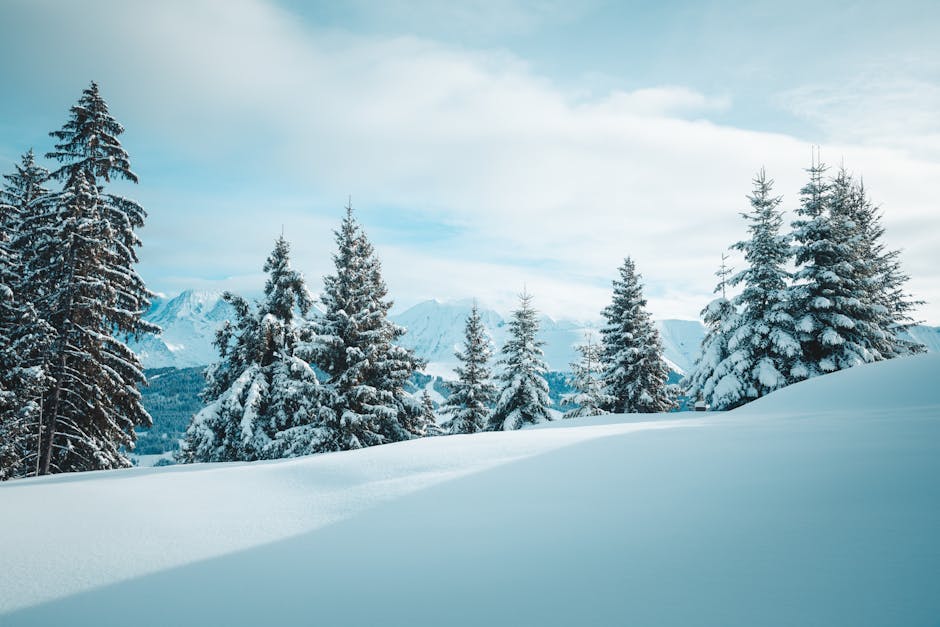Photographing the Seasons: A Year in Review
Have you ever wondered how to capture the beauty of each season in your photographs? Taking pictures throughout the year can create stunning memories and help you appreciate nature’s changes. In this article, well explore how to photograph each season effectively and what to look for in your images. Lets dive into the world of seasonal photography!
Why Photograph the Seasons?

Photographing the seasons allows you to tell a story. Each season brings its own colors, moods, and activities. From the vibrant blooms of spring to the stark beauty of winter, every season has unique qualities. Here are a few reasons why you should consider seasonal photography:
- Document Change: Capture how landscapes transform throughout the year.
- Practice Skills: Experiment with different light, weather, and settings.
- Connect with Nature: Build a deeper relationship with your surroundings.
What Makes Each Season Unique?

Understanding what makes each season special can help you plan your shots. Lets break it down by season.
Spring: A Burst of Color
Spring is all about renewal. Flowers bloom, trees regain their leaves, and life returns to the outdoors. Look for vibrant colors and delicate details.
- Best Times to Shoot: Early morning or late afternoon for soft light.
- What to Capture: Blossoms, baby animals, and lush greenery.
Use a macro lens to get close-up shots of flowers. This helps showcase intricate petals and vibrant colors.
Summer: Bright and Lively
Summer brings warmth and sunshine. This season is perfect for outdoor activities and long days. Capture the joy of summer by focusing on people and fun.
- Best Times to Shoot: Midday for bright colors, but consider golden hour for softer images.
- What to Capture: Beach scenes, picnics, and sunsets.
Consider using a polarizing filter to reduce glare during bright days. This helps your colors pop and adds contrast to your images.
Autumn: A Flare of Warmth
Autumn is famous for it’s rich colors. Leaves turn vibrant shades of red, orange, and yellow. it’s an excellent time for landscape photography.
- Best Times to Shoot: Early morning or late afternoon for golden hour light.
- What to Capture: Changing leaves, harvest activities, and cozy scenes.
Look for patterns in the leaves or interesting textures. Use a wide-angle lens to capture expansive landscapes filled with fall foliage.
Winter: A Quiet Beauty
Winter offers a different kind of beauty. Snow-covered landscapes can look magical. This season can be challenging but rewarding for photographers.
- Best Times to Shoot: Late morning for the best light on snowy days.
- What to Capture: Snowflakes, frost on trees, and winter activities.
Pay attention to contrast in your photos. Dark trees against white snow create striking images. A tripod can help stabilize your camera in cold and windy conditions.
How to Prepare for Seasonal Photography?

Preparation is key to successful seasonal photography. Here are some tips to help you get ready:
- Research Locations: Know where the best spots are for seasonal changes.
- Check Weather: Always check the forecast before heading out.
- Plan Your Gear: Bring the right equipment for each season.
Having a good plan can save time and improve your results. For example, carry waterproof bags for your camera gear in case of rain or snow. This will protect your equipment while you capture stunning shots.
What Equipment Do You Need?

You don’t need fancy gear to take great photos. However, a few essential items can make a difference:
- Camera: A DSLR or mirrorless camera works well, but smartphones can also capture stunning images.
- Lens: A versatile lens, like a 24-70mm, is great for various scenes.
- Tripod: Helps stabilize your shots, especially in low light.
- Filters: Polarizing or ND filters can enhance your photos.
Remember, the best camera is the one you have with you. don’t let gear hold you back!
How to Edit Your Seasonal Photos?
Edit your photos to bring out the beauty of each season. Here are some tips for effective editing:
- Adjust Brightness and Contrast: Enhance the colors to reflect the season.
- Crop for Composition: Remove distracting elements.
- Use Filters: Add warmth for fall or cool tones for winter.
Simple edits can make a huge difference. Tools like Adobe Lightroom or free apps like Snapseed can help you get started. Just remember to keep it natural!
What Are the Common Mistakes in Seasonal Photography?
Even experienced photographers make mistakes. Here are some common pitfalls to avoid:
- Ignoring Light: Lighting can make or break a photo.
- Over-editing: Keep edits subtle to maintain realism.
- Forgetting the Weather: Weather can change quickly; be prepared.
Learning from these mistakes will improve your photography. Always review your work to identify areas for growth.
How Can You Share Your Seasonal Photography?
Once you’ve captured stunning seasonal photos, it’s time to share them! Here are a few ways to showcase your work:
- Social Media: Platforms like Instagram are great for visual storytelling.
- Photo Contests: Enter competitions to gain exposure.
- Online Galleries: Create a personal website or use sites like Flickr.
Sharing your photos can connect you with others who appreciate your work. Plus, feedback can help you grow as a photographer!
What Are the Takeaways for Seasonal Photography?
In summary, photographing the seasons is a rewarding journey. Here are key takeaways to remember:
- Each season has unique qualities that can inspire great photos.
- Preparation and the right equipment are essential for success.
- Edit your photos to enhance their beauty but keep it natural.
- Share your work to connect with others and improve your skills.
Whether you are a beginner or an experienced photographer, seasonal photography offers endless opportunities. Grab your camera and start exploring the beauty of nature throughout the year!
For more tips on photography, check out Digital Photo Mentor for helpful guides and advice!



